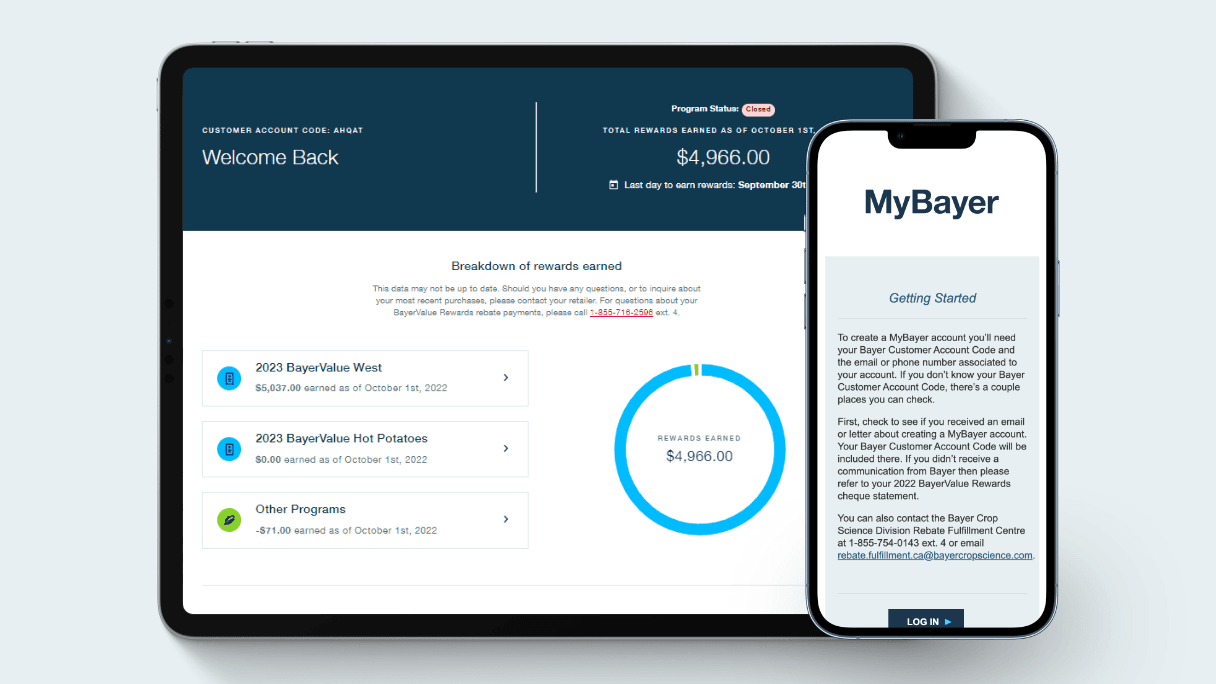Sencor
title-product-highlights
Sencor® is a proven performer and when it comes to broad-spectrum weed control, it's reliable and cost-effective
The only post-emergent broadleaf weed control product registered in lentils, field peas and chickpeas
Residual activity provides control of flushing weeds
Convenient packaging means no triple rinsing or jugs to return
Sencor is a Group 5 herbicide that helps manage and prevent Group 2-resistant broadleaf weeds including, hemp-nettle, chickweed and wild mustard
Sencor provides a unique non-Group 2 broadleaf weed solution for your pulse crop
When used in a program with Edge®, the combination will help manage weeds such as kochia (resistant to Group 2 and 9 herbicides)
Controls all herbicide-tolerant volunteer canola
product-details-heading
| crops | category | groups-active-ingredients | formulation-type | packaging |
|---|---|---|---|---|
Pulses Potatoes Wheat (Durum, Spring, Winter) | Broadleaf & Grass Weeds | 5 Metribuzin | Dry Flowable and Liquid | 5 L jug = 5.5 - 14.5 ac. 2.5 kg bag = 4 - 11 ac. as DF formulation |
| crops |
|---|
Pulses Potatoes Wheat (Durum, Spring, Winter) |
| category |
|---|
Broadleaf & Grass Weeds |
| groups-active-ingredients |
|---|
5 Metribuzin |
| formulation-type |
|---|
Dry Flowable and Liquid |
| packaging |
|---|
5 L jug = 5.5 - 14.5 ac. 2.5 kg bag = 4 - 11 ac. as DF formulation |
| weeds-controlled |
|---|
Ball mustard1 Tartary buckwheat1 Chickweed1 Corn spurry1 Hemp-nettle1 |
| weeds-controlled |
|---|
Ball mustard1 Tartary buckwheat1 Chickweed1 Corn spurry1 Hemp-nettle1 |
title-use-mixing

